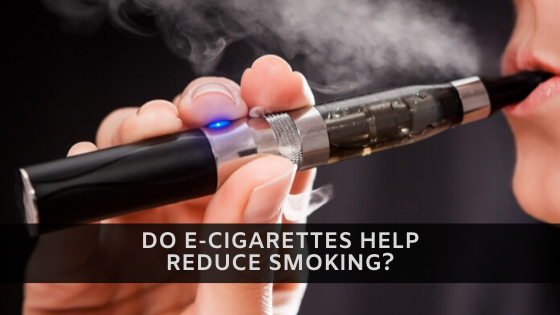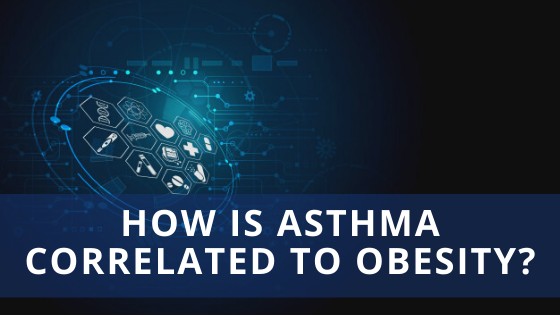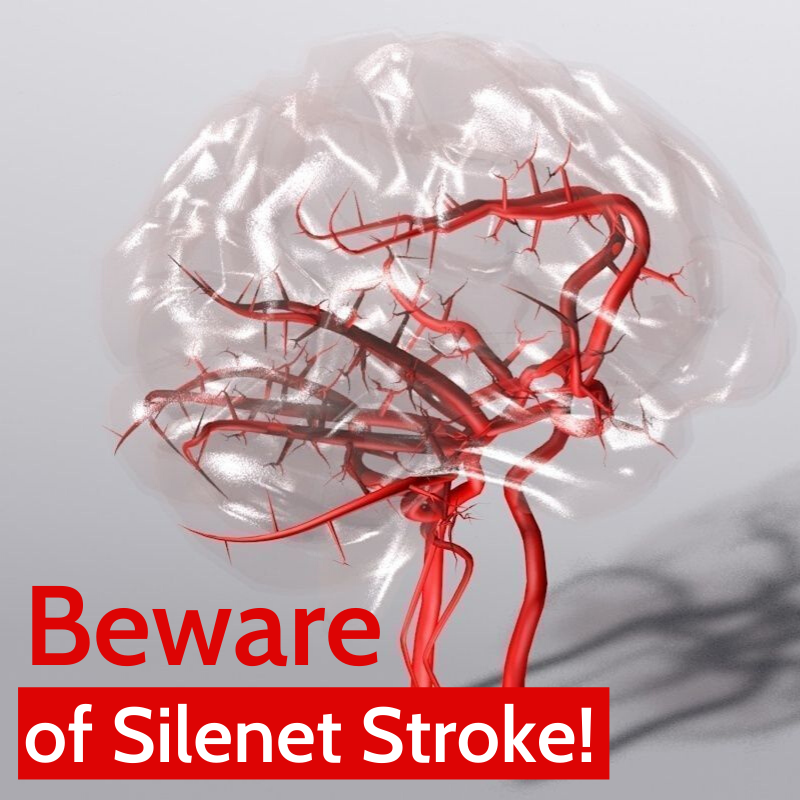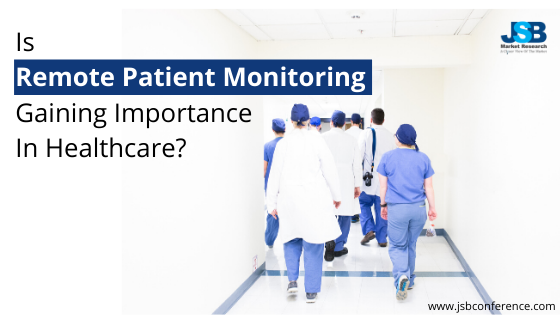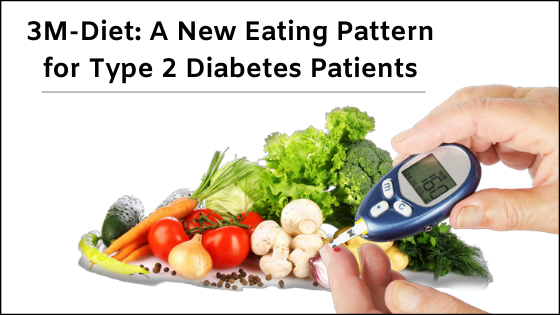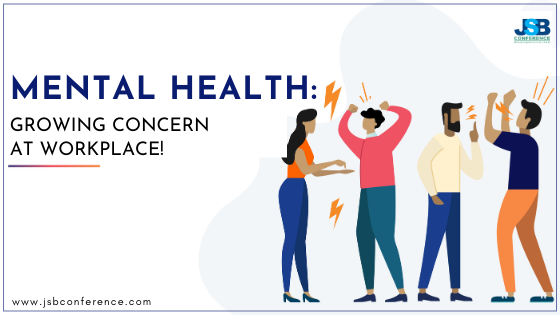
The tendency to discuss mental health issues is not yet common in the 21st century. The sufferer is ashamed of discussing it despite being a serious problem. The fear of being bullied or fooled around causes discomfort to share their problems with others.
According to the recent World Health Organization(WHO) report, one in four people in the world is dealing with mental disorders and around 450 million people are suffering alike situation positioning mental disorders as a leading cause of ill-health worldwide.
This has led to an increase in the number of patients dealing with mental health issues escalating the number of suicides.
Most of the mental health sufferers are Millennials and Gen-Zers. In the fast-paced world, people are striving hard to reach their goals. In this phase, there are a lot of people who are going through mental health issues due to work-related burnout. Burnout in simple terms means when someone is emotionally and physically exhausted and drained.
For example, a graduate student finds difficult to get a handsome paying job in a saturated market where there are thousands of waiting for the same job. It then becomes financially challenging which leads to high-stress levels and depression.
Also long working hours, unfeasible expectations from managers, less pay, no upward mobility, poor communication and management practices, less support from the senior officials, inadequate health and safety policies, are some of the major causes affecting the employee’s mental health.
WHO asserted that depression and anxiety cause a loss of productivity of $1 trillion a year in the global economy.
There arises a need to access the situation by employers. Because it will not only give mental support to the employees but also it will be a good business strategy to improve the productivity of the company. Because if the employees are stress-free and feel goods working in the company, they will work with full potential and capabilities which ultimately benefits the company.
Increasing mental health problems have also caught the attention of the researchers to incorporate technology to tackle mental disorders. Currently, researchers are finding ways to adopt artificial intelligence to screen, diagnose and treat mental problems.
Recently Microsoft has collaborated with a leading mental health company, SilverCloud Health to develop an Artificial Intelligence-based mechanism to improve mental health problems. The collaboration offers to deliver digital CBT-based programs and making treatment more accessible to the people. Researchers at Microsoft Research Cambridge are finding ways to incorporate machine learning to provide quality care to the patients suffering from mental illness by treating according to individual needs.
The mental health issue is a serious concern to be looked after. If the source of issues impacting mental health is identified it becomes easy to take steps to deal with it. Many organizations are adopting different ways for a healthy work environment. Researchers are also taking a stand to deal with mental illness.
The World Conference on Mental Health will discuss more about intellectual learning of mental health and psychological resilience.
